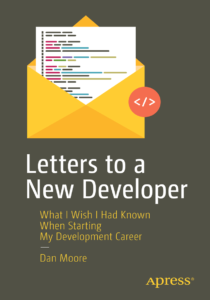Recently, at the company I work for, 8z Real Estate, we had a hackfest. A hackfest, for those not in the know, is a chance for employees to spend time working on whatever they want to do but don’t have time to do during the normal business day. It’s also known as ‘FedEx day’ because you build something to ship in one day.
The idea is to give everyone a chance to do something work related that they want to do, or try, or explore, but don’t have time to because of the hustle and bustle of work life.
From the post at Atlassian (as far as I know, the originators of FedEx day).
[The] task must be something “out of the ordinary”. This is hard to define – but basically the spirit is that you can’t do something you would normally do. It’s a chance to attack all those “I wonder if XYZ would work… “, “It would be nice if we could… ” small … tasks that always get pushed off in the heat of battle.”
We had about 11 employees and contractors gather at the office. Our schedule:
- 8:00 Employees arrives, normal work begins
- 10:00 Employees cease normal work
- 10:00 – 10:30 brainstorm session
- 10:30 – 10:45 pick projects
- 12:00-1:00 eat lunch (Snarfs!)
- 10:45-4:15 continue work on project
- 4:30-5:30 present projects (8 min presentation) and drink a beer
We had an 2 hour block of work at the beginning of the day because we needed to, but after that, almost no one did everyday work. Phones were off, email was closed.
The type of projects selected varied. Most folks weren’t developers, so we didn’t have a ton of shipped software. But we had some really interesting ideas, ranging from investigation of interesting technologies (what’s coming down the pike with our e-newsletter sender, infographics) to outlines of business ideas, to refactoring of business processes.
The excitement of all working together, in one room, on different projects, for a fixed amount of time, with no interruptions was one highlight. I also really enjoyed people’s varied takes on aspects of the business. It was also impressive to see the skills that I didn’t know some people had (powerpoint, for one). It was awesome how many good ideas we had, even though some of them would have taken a hackfest week to implement.
All in all, it was a worthy experiment and something every business should consider doing.
